Pasteurized Eggs and How to Pasteurize Eggs at Home
on Nov 29, 2022, Updated Nov 19, 2023
This post may contain affiliate links. Please read my disclosure policy.
When using uncooked or undercooked eggs for certain recipes, Pasteurized Eggs reduce the risk of foodborne illnesses. For those who like sunny-side up runny eggs on their ramen or a rich carbonara sauce, pasteurization or the heat-treated egg brings peace of mind.
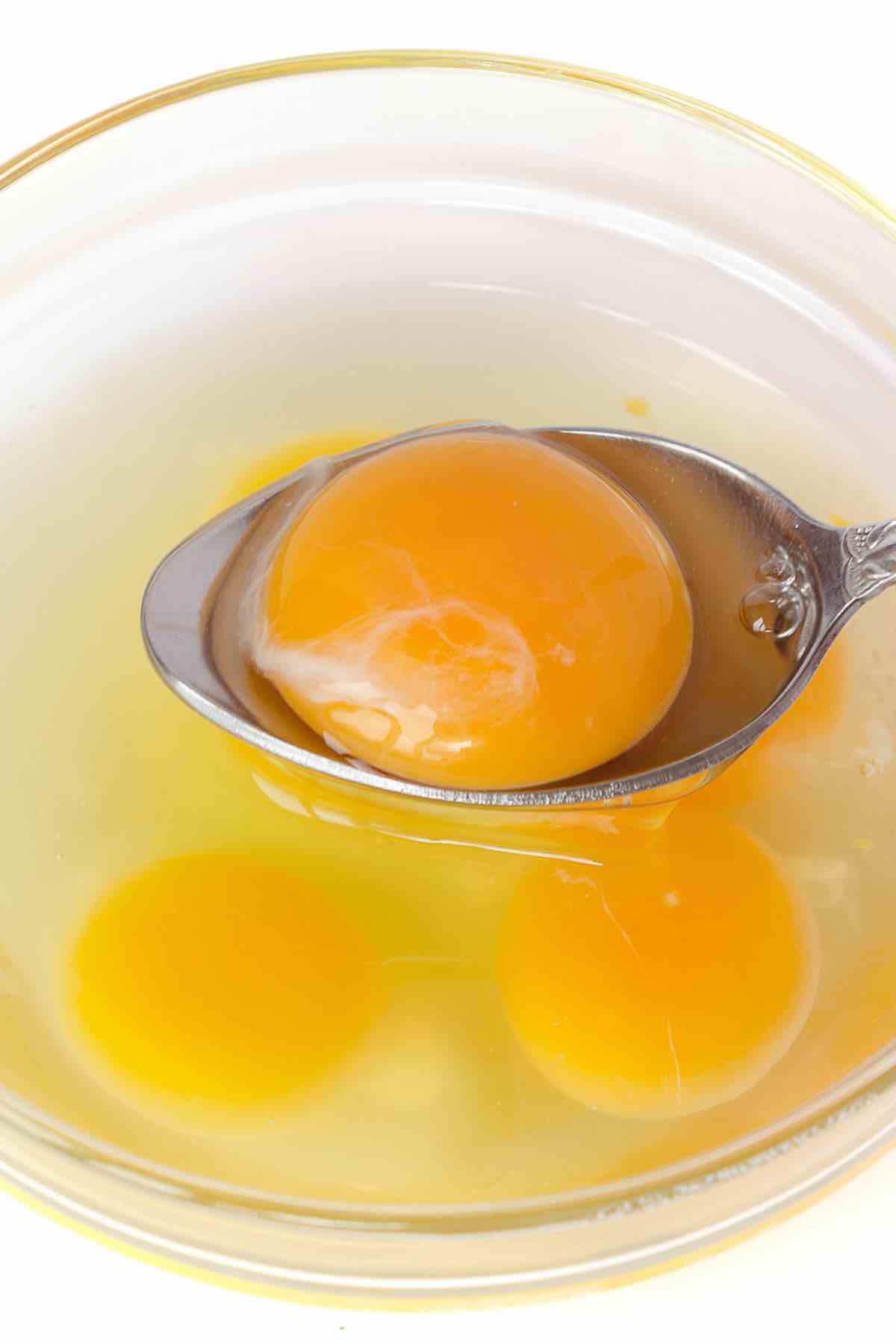
The Centers for Disease Control and Prevention (CDC) has recommended pasteurized eggs because they’re safer to eat, with less of a risk of carrying salmonella.
Even if you’re fully cooking your eggs, there’s still the risk of cross-contamination. If there are raw eggs on your hands, knives or utensils, you run the risk of transferring bacteria. When you use pasteurized eggs, you eliminate this risk.
What are Pasteurized Eggs?
Pasteurization is a process of gently heating eggs to kill bacteria. The eggs are quickly heated to 140°F(60°C). The heat is just enough to get rid of the bacteria, without actually cooking the eggs.
What is the Difference Between a Pasteurized Egg and a Regular Egg?
Since pasteurization completely kills bacteria without cooking the eggs, it doesn’t change the taste or texture. Pasteurized eggs reduce food contamination dramatically and are so much safer than regular eggs.
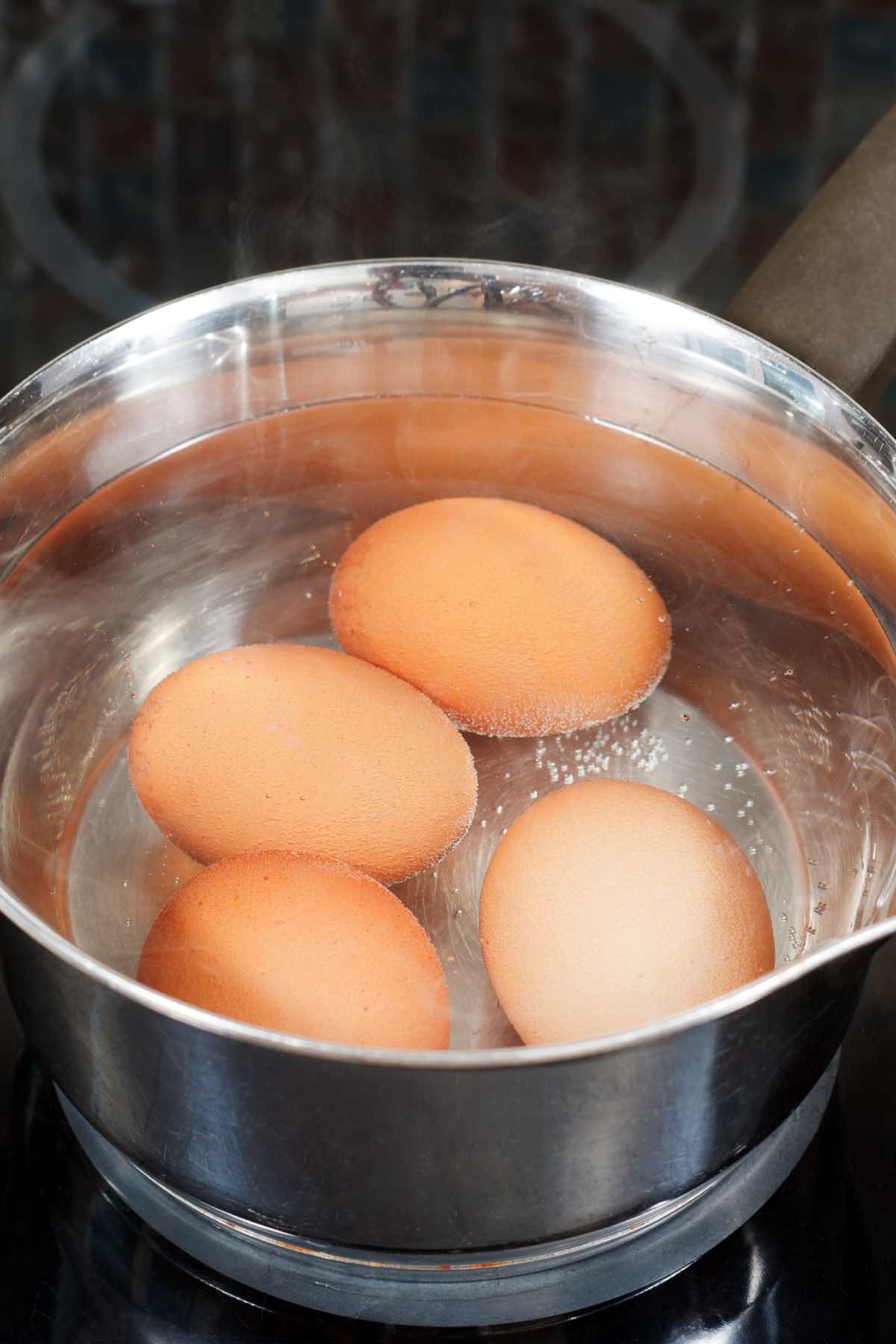
Why Should I Pasteurize Eggs?
Pasteurization has many benefits and can even prove to be life-saving for some people. This simple process removes bacteria from your eggs, making it possible to enjoy uncooked or undercooked eggs without risk of illness. For young children, pregnant people, the elderly and those with a compromised immune system, it’s especially important to reduce or eliminate food contamination wherever possible.
How to Pasteurize Eggs on the Stove?
You can pasteurize several eggs at once on the stovetop. Fill a large saucepan with water. Use a digital thermometer to monitor the temperature of the water and allow it to reach 140°F. Then add eggs to the saucepan. Maintain a steady temperature of 140, reducing heat when necessary. Remove heat after 3 minutes and rinse eggs with cold water to stop the heating process.
How to Pasteurize Eggs with Sous Vide?
Your sous vide cooker is an easy way to pasteurize eggs with precision. Set the cooker to 135°F and gently drop the eggs into the bath to cook for 1 hour. Remove eggs from the heat, and chill in an ice water bath.
Pasteurized Egg Whites
Many recipes (like mayonnaise and meringue) call for raw egg whites. You can purchase pasteurized egg whites at the grocery store, or you can easily do it yourself at home. Pasteurize eggs in their shells using your preferred method. Next, separate the yolks and set aside the pasteurized egg whites for use in your recipes.
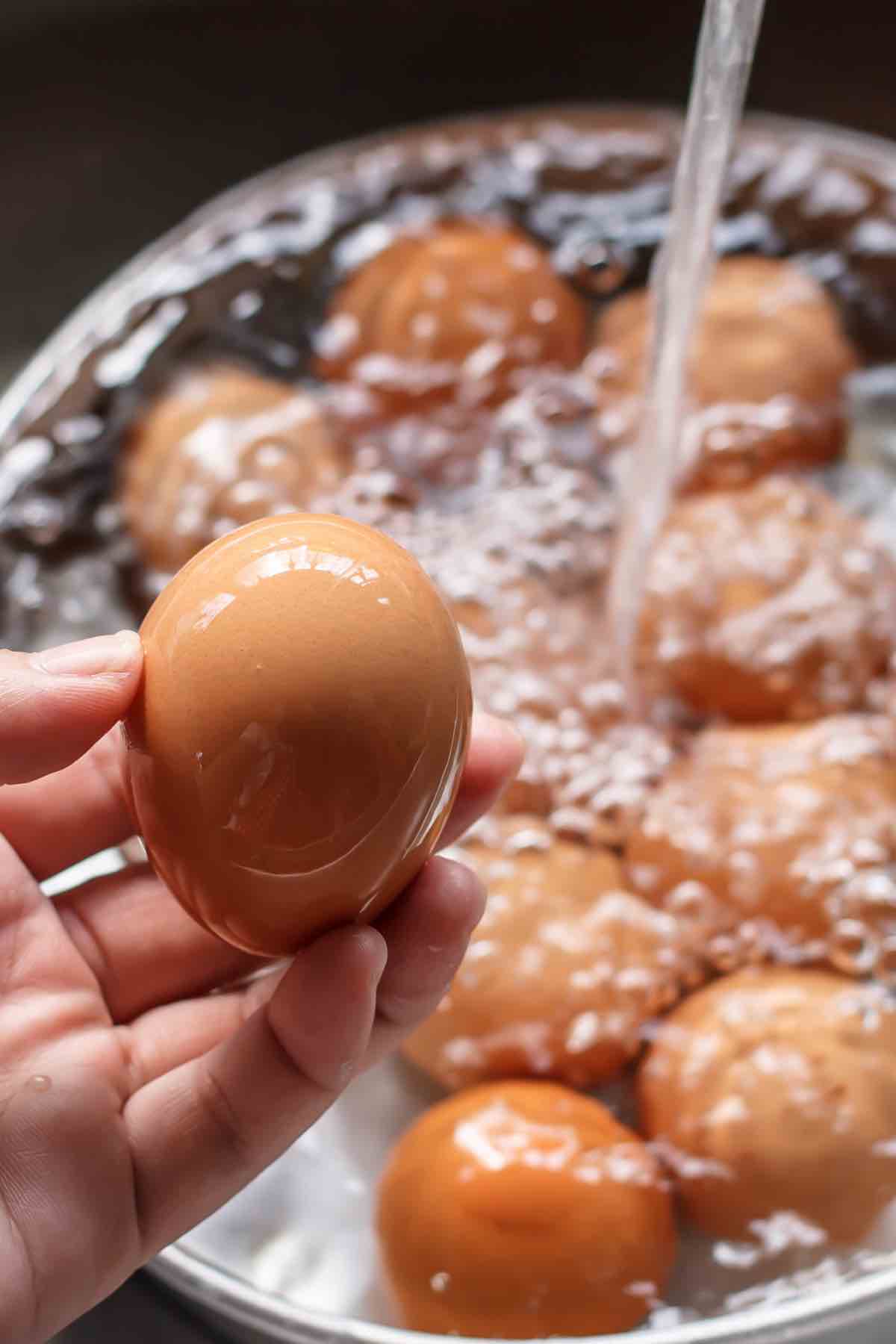
Pasteurized Egg Yolks
After you’ve pasteurized your eggs, use your preferred method to separate the yolks from the whites. Pasteurized egg yolks can be used in delicious recipes like crème brûlée or custard.
Ways to Use Pasteurized Eggs
Pasteurized eggs can be used just as you would use regular eggs. They can be substituted for regular eggs for your favorite eggy breakfasts, lunches, or dinners. These eggs are a safe way to prepare recipes that call for raw eggs, including egg nog, mayonnaise, meringue, and hollandaise sauce.
Where to Buy Pasteurized Eggs?
Pasteurized eggs are often sold in liquid form and can be found near the regular eggs in your grocery store. A company called National Pasteurized eggs sells whole pasteurized eggs with their Davidson’s brand.
Risks of Eating Unpasteurized Eggs
Regular raw eggs carry a risk of carrying the pathogenic bacteria, salmonella. Ingesting this bacteria can cause food poisoning, fever, cramping, and vomiting. This risk is especially high for young children, the elderly, and pregnant people.
Are Pasteurized Eggs Bad for You?
Pasteurized eggs do not carry bacteria, which makes them a safe option for those prone to foodborne illnesses. These eggs are just as nutritious as regular eggs and can be enjoyed as part of a healthy diet.
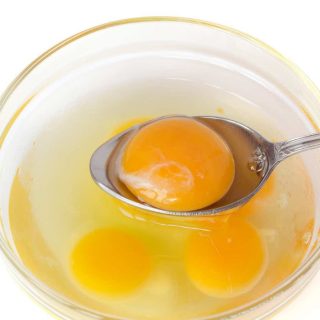
How to Pasteurize Eggs at Home
Equipment
Ingredients
- 5 eggs
- water
Instructions
- Place a large saucepan on the stove over medium heat.
- Filled with water (the water should be enough to cover the eggs).
- Use a digital thermometer to monitor the temperature of the water and allow it to reach 140°F.
- Carefully add eggs to the water.
- Maintain a steady temperature of 140°F or slightly lower, reducing heat when necessary.
- Remove heat after 3 minutes and rinse eggs with cold water in a mixing bowl to stop the heating process.
Nutrition information provided is an estimate only and will vary based on ingredient brands and cooking methods used.


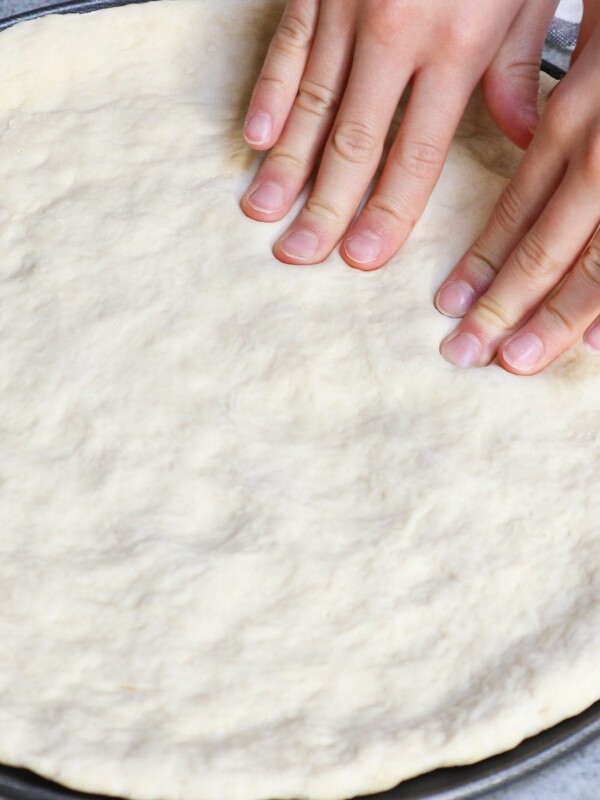
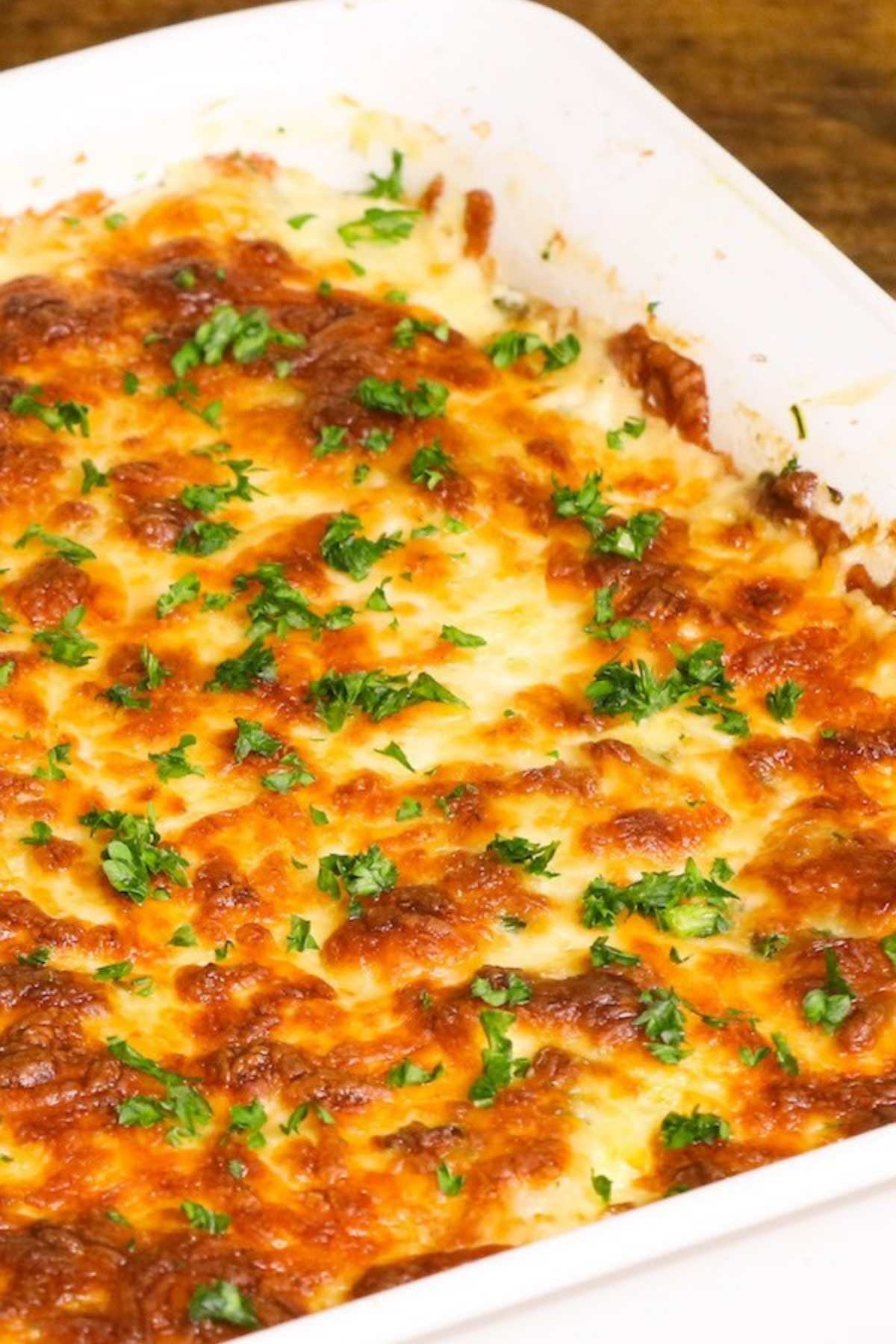
Hello Izzy,
Thanks for the recipe, its quite helpful.
Kindly help out with the preservative to use for longer shelf life of mayonnaise, the common name and its measurement.
Thanks